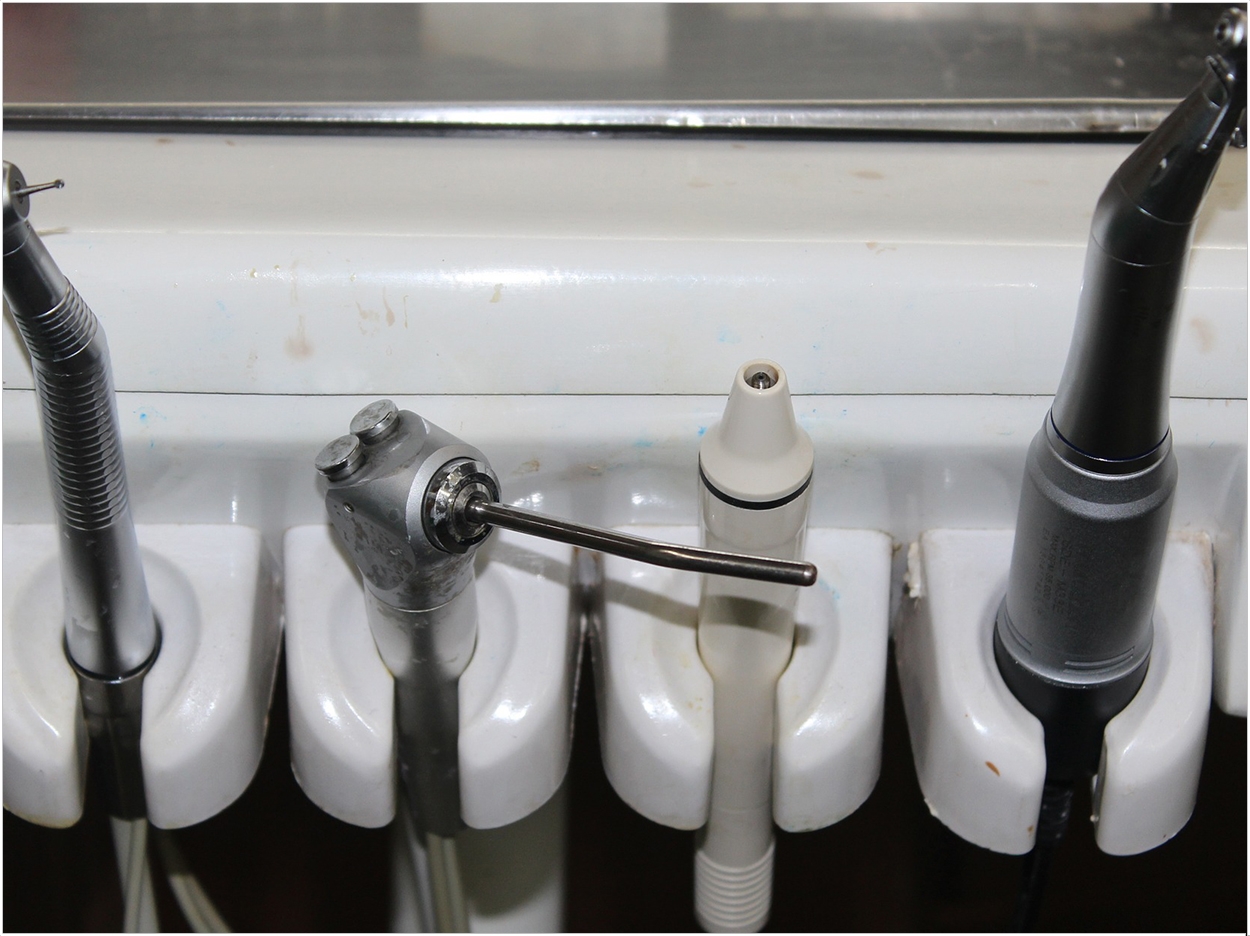
Diverse communities have a stronger sense of responsibility when it comes to oral health issues and report more frequent brushing, flossing, and mouthwash use than the overall US population, according to a national survey by Colgate. But the company also reports that multicultural Americans still experience higher rates of overall health issues such as cavities, plaque buildup, and bleeding gums.
Despite self-reported levels of “good” and “excellent” oral health, disparities in oral health remain in these communities due to language barriers, lack of insurance, and a dearth of information about best practices and habits. Still, most multicultural Americans report they are taking their oral health more seriously to avoid problems, with a common goal of investing more time in their teeth and gums.
For example, 80% of those polled reported brushing their teeth twice or 3 times a day, compared to 75% of the general US population. However, nearly two thirds don’t visit an oral health professional regularly as recommended, even if they are aware of the recommendation. Finally, most have experienced at least one problem such as cavities, yellow or stained teeth, plaque buildup, or bleeding gums in the past 6 months.
To close the information gap and promote better oral health, Colgate has partnered with leading dental organizations and participates in community events. Through its Colgate Bright Smiles Bright Futures Program, personnel in 9 dental vans travel to urban and rural areas alike to screen children for common oral health conditions and promote oral health awareness, reaching more than 100 million children in the United States.
Conducted by Toluna, the survey polled 3,168 Hispanic, African-American, Asian American, and Native American adults in the United States from March 3 to March 27, 2016 in English and Spanish, using sourced questions from dental associations such as the ADA, Hispanic Dental Association, and National Dental Association.
Related Articles
Minorities Face Disparities in Oral Care
Older Americans Still Face Barriers in Oral Healthcare
How Does Your State’s Oral Health Stack Up?












